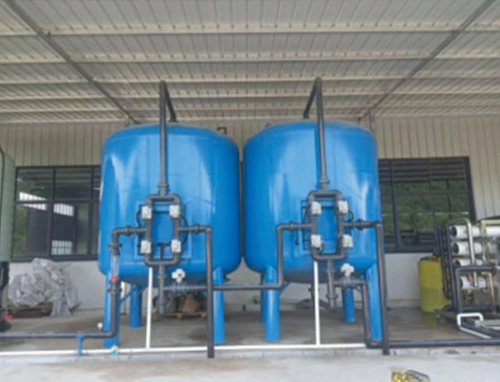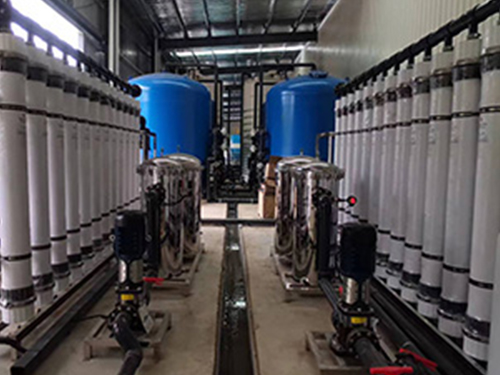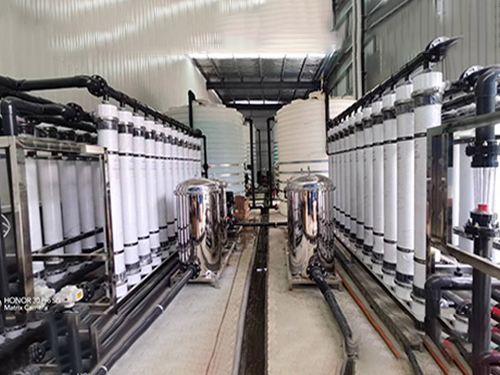1. Introduction
In the contemporary glass industry, the efficient utilization and recycling of water have become crucial aspects for sustainable development. Reclaimed water recycling equipment offers a revolutionary solution to address water scarcity and environmental concerns while significantlyreducing operational costs. This article will provide an in-depth exploration of reclaimed water recycling equipment specifically designed for the glass industry.
2. The Significance of Reclaimed Water Recycling in the Glass Industry
The glass manufacturing process is water-intensive, involving various stages such as melting, shaping, and cooling. This substantial water consumption not only poses a threat to water resources but also generates a large volume of wastewater. By implementing reclaimed water recycling equipment, the industry can minimize its reliance on fresh water sources and alleviate the burden on the environment.
The process flow is as follows:

The reclaimed water recycling system typically consists of several key components. Firstly, a pretreatment stage involves the removal of large particles, suspended solids, and oils through processes like screening and sedimentation. Next, advanced filtration methods, such as membrane filtration or activated carbon adsorption, are employed to eliminate fine impurities and organic substances. Chemical treatment may also be utilized to adjust the PH level and remove heavy metals.
The final stage often incorporates disinfection processes to ensure the recycled water meets strict quality standards.
The working principle of the equipment is based on a combination of multi-media filter, activated carbon filter, and ultrafiltration device processes, which collectively purify the wastewater to a reusable state.

3. Installation cases



